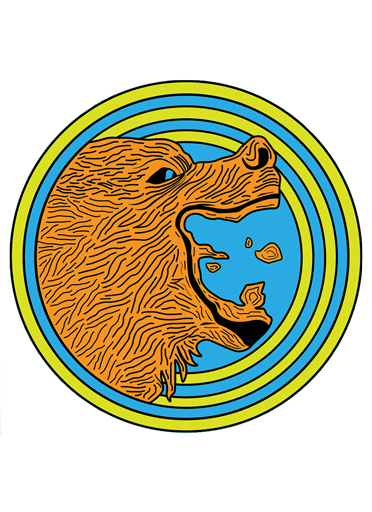About the Project
Τhe purpose of the BEARS project is to enlighten all periods of Porto Rafti’s past. When we began the project, we thought it would be helpful to generate a bit more precise focus for our research by formulating three specific research questions arising from previous work in the bay and in the larger region of Attica. These research questions relate to (1) the role of Porto Rafti as a point of contact between Attica and the Cyclades in the Early Bronze Age, (2) the location of a settlement associated with the major, single-period LH IIIC cemetery of Perati, which was excavated in the middle of the 20th century, and (3) the Archaic and Classical topography of the demes of Prasiai and Steiria.
The project directors both focus their research on the transitional period between the Bronze and Iron Ages in Greece, and it is no coincidence that the project area is the location of one of the best documented sites from the still relatively poorly understood LH IIIC period that comes at the very end of the Late Bronze Age. The initial idea for the project arose from Co-director Murray’s restudy of the nature of the mortuary evidence of the site of Perati, and the conviction that settlement evidence complementing what is apparent in the mortuary record is needed to understand the nature of the community that used the burial ground. Visits to the project area in the summer of 2018 convinced the co-directors that a survey in the region could produce useful evidence regarding the likely location of a Mycenaean settlement near Porto Rafti. Discussions with colleagues and further exploration of the area convinced us that there was quite a lot of potential for the examination of surface remains to help address research questions dated to earlier and later periods, too. This led us to pursue the possibility of conducting a three-year campaign of surface survey, and our proposals for financial support and permits were generously supported by our sponsors and institutional partners, especially the University of Toronto, the Greek Ephorate of East Attica, and the Canadian Institute in Greece.
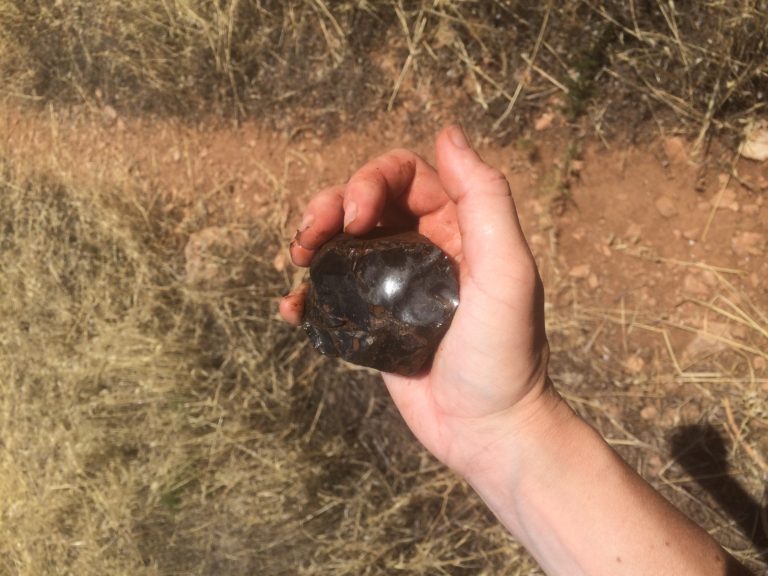
Having assembled a team and received permission to proceed with the project, we began with a pilot season of work in June 2019. We spent most of the 2019 campaign conducting gridded collection on three sites (the Pounta peninsula, the Raftis island, and the site of Koroni). On Raftis we not only found that the island was covered with an extremely dense scatter of LH IIIC and Roman pottery, but that much of this pottery was incredibly well-preserved – we collected thousands of painted Mycenaean sherds, which are not usually encountered on the surface in Greece. We also recorded an abundance of small finds, including weights, figurines, glass, and several Roman lamps. At Koroni many of the amphora fragments and tiles looked like they were just made yesterday. At Pounta we collected over 7,500 lithics from only a few dozen 20×20 meter grid squares.
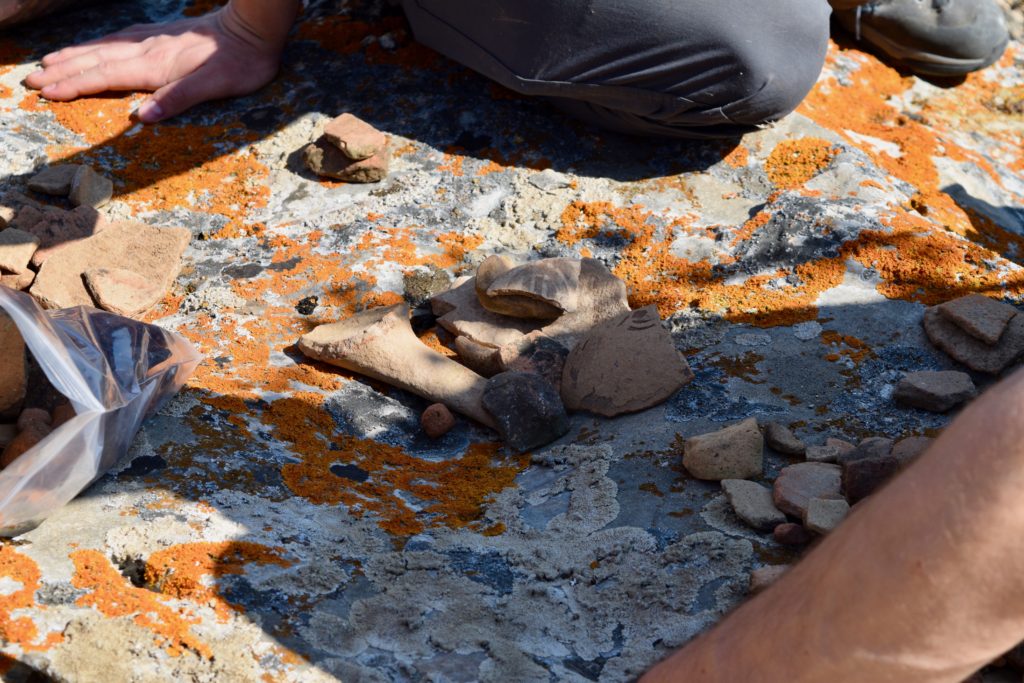
In two subsequent field seasons, we continued to build on the progress made in understanding Porto Rafti’s history and archaeology during the pilot season, though of course the global turmoil introduced by the COVID-19 pandemic made things a bit complicated. Following a hiatus in 2020, the team returned to conduct a small field season in 2021. We surveyed the small islet of Praso and completed extensive survey around the slopes of Koroni (a process begun in 2019). On Praso we discovered an exciting multi-period industrial site, with evidence for ceramic production in the LH IIIC, Classical/Hellenistic, and Late Roman periods. Overall, the Praso assemblage was far more diachronically diverse than most sites in the region, for reasons that we are hoping to shed light on in the final project publication. The project’s final field season took place in 2022. We completed the fine-grained gridded collection on Raftis that began in 2019, surveyed Raftopoula and Koroni islets, conducted intensive survey in undeveloped plots of land around the town of Porto Rafti, and created a detailed, up-to-date study of the architecture on the Koroni acropolis. The 2022 season on Raftis produced, among other things, an extraordinary assemblage of groundstone objects, among which a group of 12+ tripod mortars are notable. A long study season in 2023 provided time for team members to study and analyze finds, while mapping of Koroni architecture (on the ‘saddle’ of the site and around the slopes of the valley) continued. Following these very productive campaigns, we are now in the process of writing up our finds and generating a comprehensive volume laying out the substantial results of the survey.

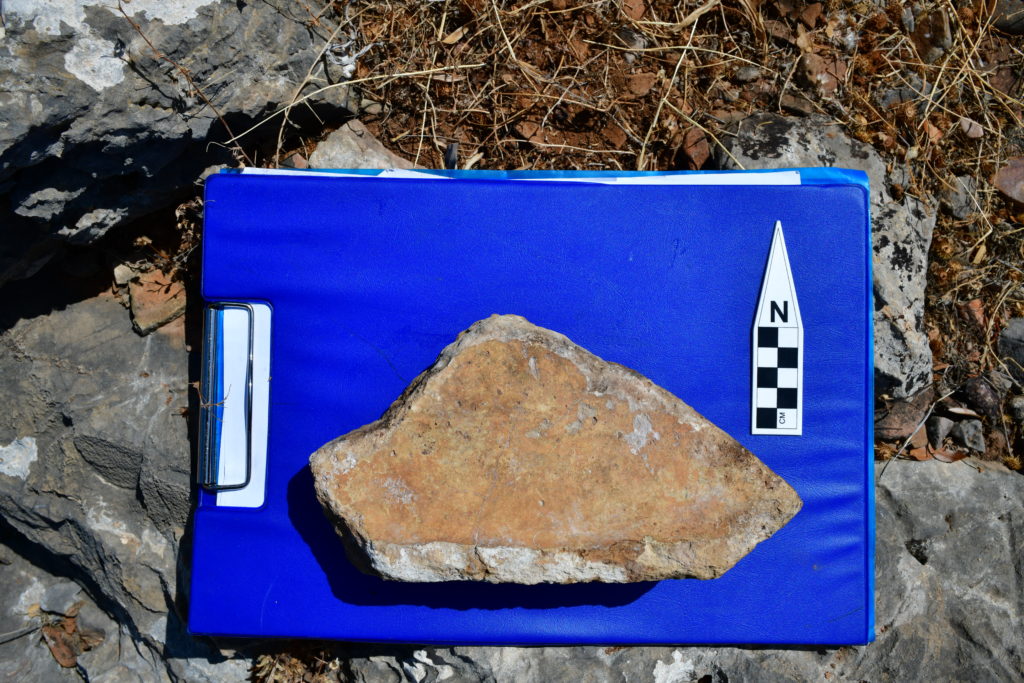
We have a lot of new things to say about the research questions we started with, as well as new questions that emerged due to unexpected discoveries. The lithic assemblage seems to indicate that the bay of Porto Rafti served as an unloading and reduction site for obsidian nodules coming from Melos, destined for sites in the Mesogaia in the Early Bronze Age. We can definitively say that Raftis was home to a sizeable LH IIIC settlement, no doubt associated with the Perati cemetery, while smaller concentrations of LH IIIC material on Praso, Pounta, and Koroni demonstrate that this community preferred to live and work on the bay’s islands and peninsulas. A big discovery is that the regionally important fabric called White Ware was manufactured on Praso, which allows us to connect the Porto Rafti community to wide-ranging exchange networks during the 12th century BCE. A range of finds from the Geometric to early Hellenistic periods around the bay shed light on the organization of settlement and agriculture in the area’s Attic demes; our discovery of Bronze Age architecture and Roman to Early Modern material on Koroni suggests that the site did have a more complicated settlement history than previously appreciated, but that it was likely not home to a deme center, as had been previously speculated. Finally, sizable Late Roman assemblages on Praso and Raftis provide new insights into the flourishing 4th to 7th century harbour settlement already evident from finds revealed by rescue excavations, and even facilitate new insights about the famous Raftis statue that give’s the bay its name.
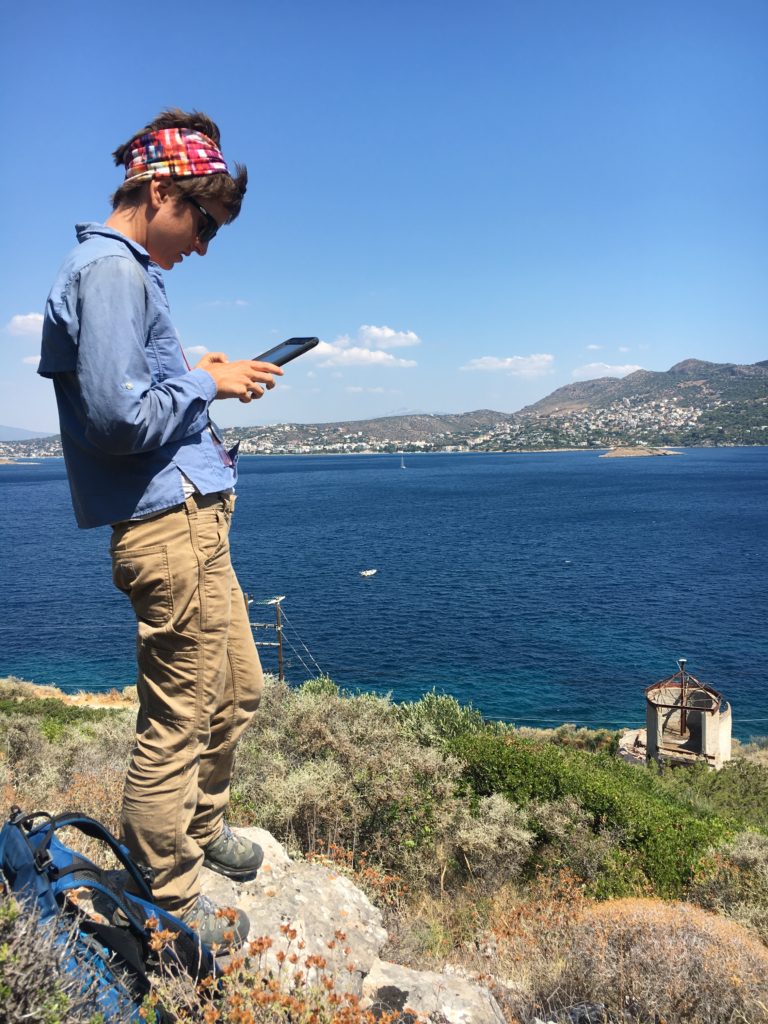
We are also interested to note that the work of the project has demonstrated the immense value of conducting extensive and intensive survey even in heavily developed areas like Porto Rafti and even when the sites in question are already known to some extent in the literature. An interesting aspect of the assemblages we encountered at all many of the sites we investigated during the life of the project is the good state of preservation of surface material, which is surprising given the extent of development in the area. It seems that, somewhat counterintuitively, the absence of much recent agropastoral or agricultural activity in the region, probably as a result of its development as a beach resort, may have prevented the kinds of surface disturbances on the known sites in the area that often occur in agricultural areas from plowing and the persistent percussion of thousands of goat hooves. This suggests that future surveys might have success wresting back historical information from coastal areas that look, at least superficially, like rather poor candidates for archaeological investigation due to extensive development.

